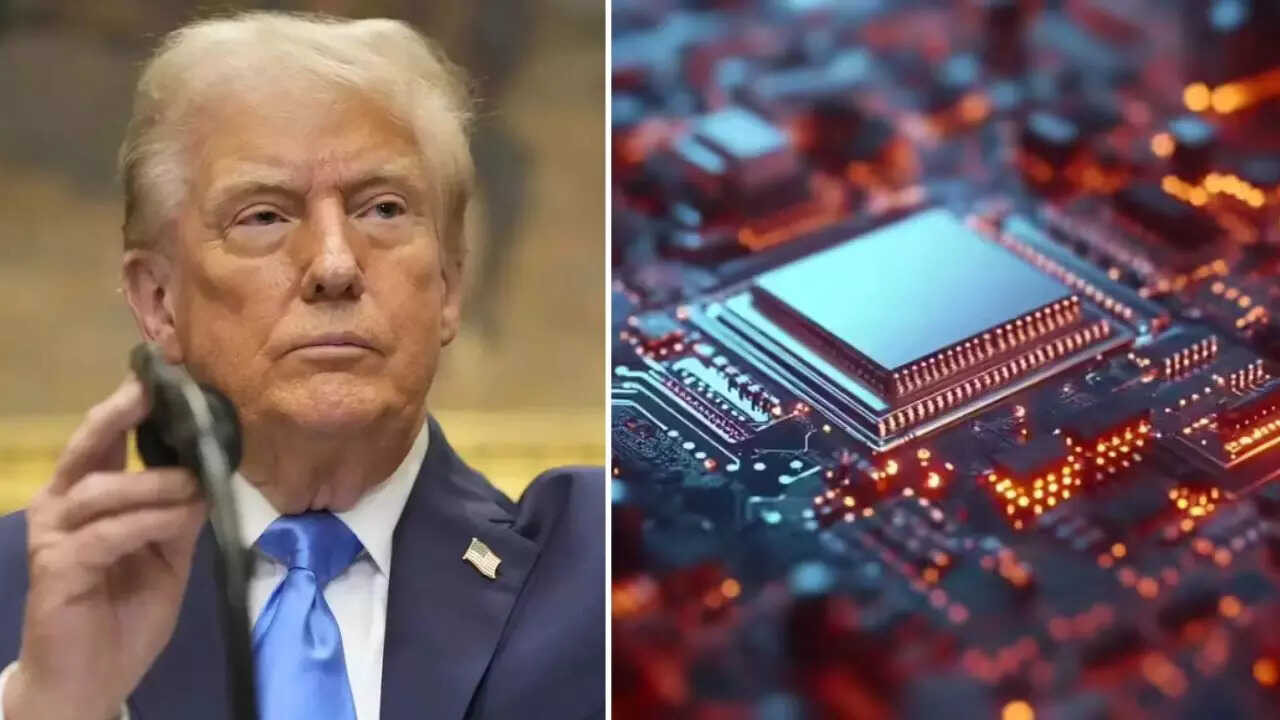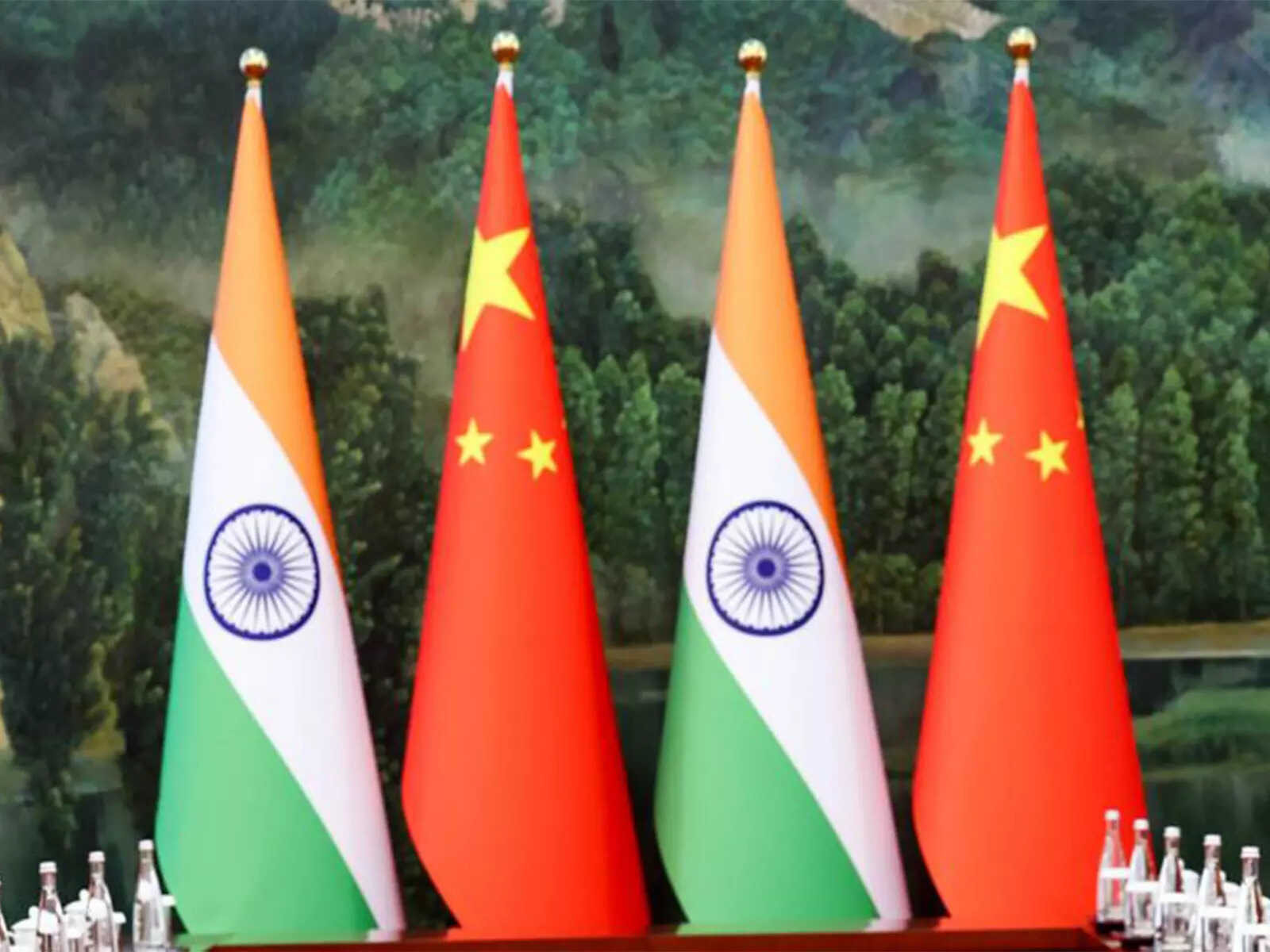The Trump administration is reportedly planning new tariffs on imported electronics, based on their chip content, to boost US manufacturing. This move could impose a 25% rate on chip value, potentially raising costs for American consumers and worsening inflation. Major chipmakers like TSMC and Samsung might face significant impact, as the policy aims to reshore critical production.
Navigating the Chip Wars: Could Tariffs Reshape the Tech Landscape?
The hum of the global electronics market might be about to hit a distinctly discordant note. Whispers are turning into louder conversations about a potential shift in U.S. trade policy – one that could significantly impact the flow of semiconductors, the tiny brains powering everything from our smartphones to our cars. The idea? Slapping tariffs on foreign-made electronics in the name of national economic security, and more specifically, bolstering America’s own chip manufacturing capabilities.
This isn’t just about tweaking trade agreements; it’s a strategic maneuver with potentially far-reaching consequences. Imagine a world where your new laptop or even your washing machine suddenly carries a heftier price tag, not because of inflation, but because of tariffs designed to favor domestically produced components. That’s the kind of scenario being discussed, and it’s sending ripples through the tech industry and beyond.
A Closer Look at the Semiconductor Strategy
The driving force behind this potential policy shift is a growing concern over the concentration of semiconductor manufacturing in specific regions, particularly East Asia. Dependence on a limited number of sources for these crucial components raises questions about supply chain vulnerabilities and national security implications. Geopolitical tensions and unforeseen events, like natural disasters, could disrupt the flow of chips, crippling industries that rely on them. This is where the concept of “national economic security” comes into play, framing the debate not just as a matter of trade, but as a matter of safeguarding critical infrastructure and ensuring continued economic stability. The Trump administration previously explored similar strategies, and the current discussions suggest a renewed focus on this area.

The proposed chip based tariffs wouldn’t simply be a blanket tax on all imported electronics. The aim, it seems, is to incentivize companies to source components, specifically semiconductors, from within the United States or from trusted allies. This could involve tiered tariffs, with higher rates imposed on products containing chips from certain regions deemed to be higher risk. It’s a complex calculation, balancing the desire to protect domestic industries with the potential for retaliatory measures from other countries and the risk of raising costs for consumers.
The Ripple Effect: Who Wins, Who Loses?
The introduction of such tariffs wouldn’t happen in a vacuum. The immediate impact would likely be felt by electronics manufacturers who rely on global supply chains. Companies might need to scramble to find alternative sources for semiconductors, potentially leading to delays in production and increased costs. These costs, in turn, could be passed on to consumers, resulting in higher prices for a wide range of electronic devices.
However, the long-term effects could be more nuanced. A successful strategy to boost domestic chip manufacturing could create jobs and strengthen the U.S. economy. It could also lead to greater innovation and technological advancement as companies invest in developing cutting-edge semiconductor technologies.
Of course, there’s also the risk of unintended consequences. Tariffs could spark trade wars, leading to retaliatory measures from other countries that would negatively impact U.S. businesses. They could also stifle innovation by making it more expensive to access the components needed to develop new products. For related insights, explore our article on the impact of global trade on technological innovation.
The Road Ahead: Navigating a Complex Landscape
The debate over tariffs on foreign-made electronics highlights the growing importance of semiconductors in the global economy. They are no longer just components; they are strategic assets, and controlling their production and supply is becoming a key priority for nations around the world.
While the prospect of chip based tariffs introduces uncertainty into the tech world, it also creates opportunities. Businesses must assess their supply chains and explore alternative sourcing strategies, while governments need to carefully weigh the potential benefits and risks of trade policies that aim to protect national economic security. Successfully navigating this complex landscape will require a combination of strategic planning, collaboration, and a willingness to adapt to a rapidly changing global environment. The future of technology, and indeed the global economy, might just depend on it.







